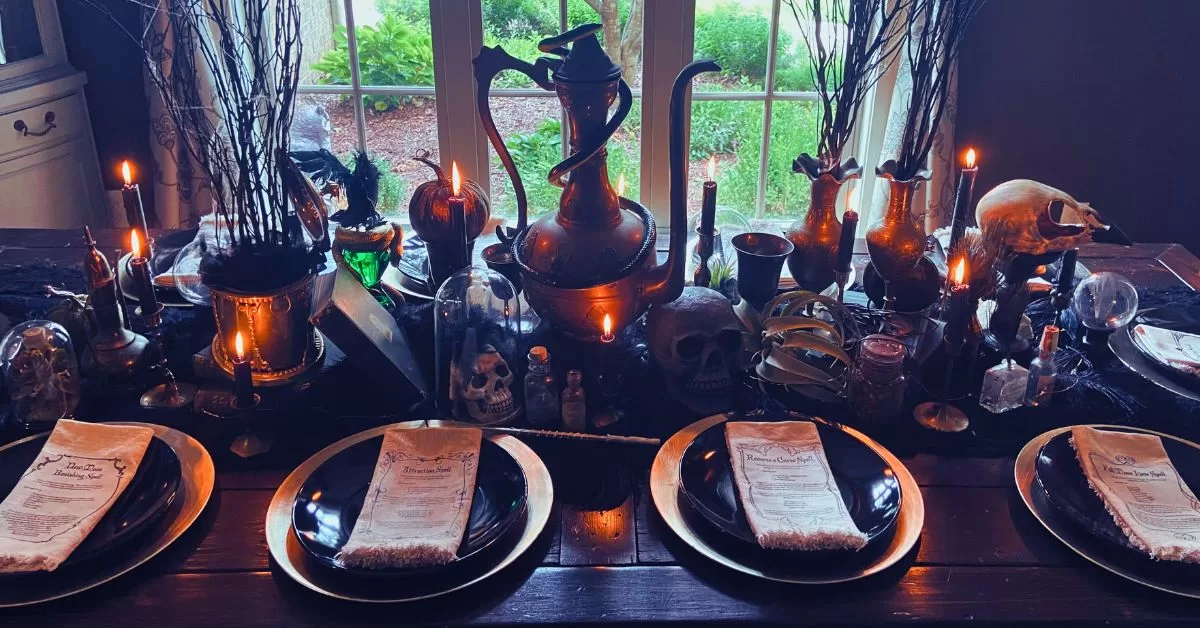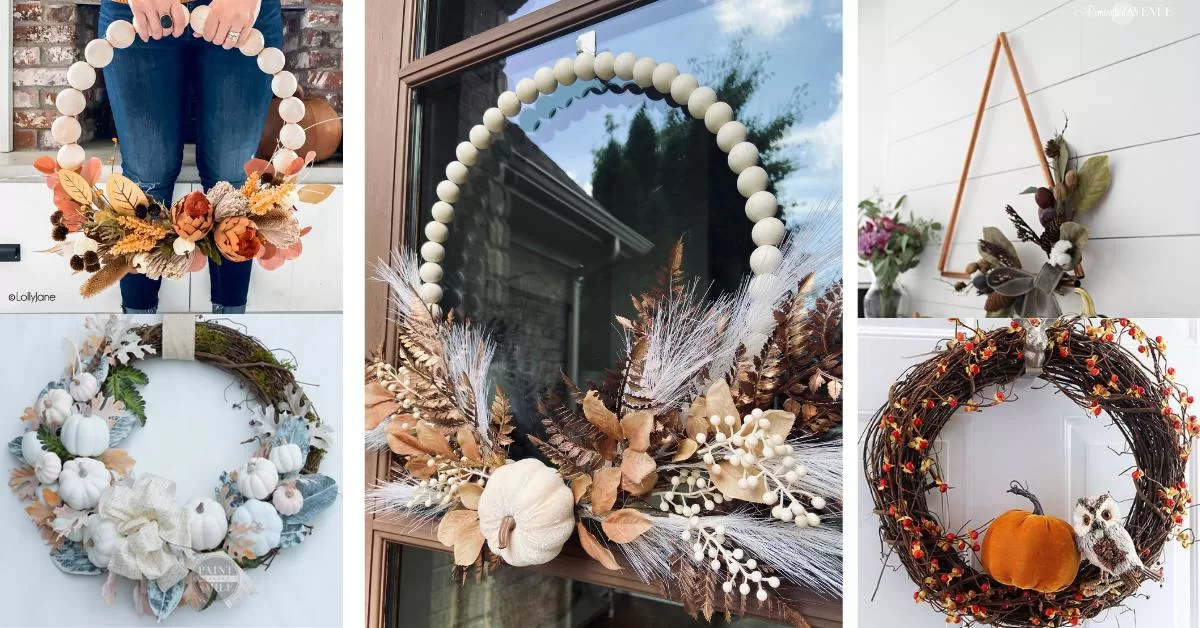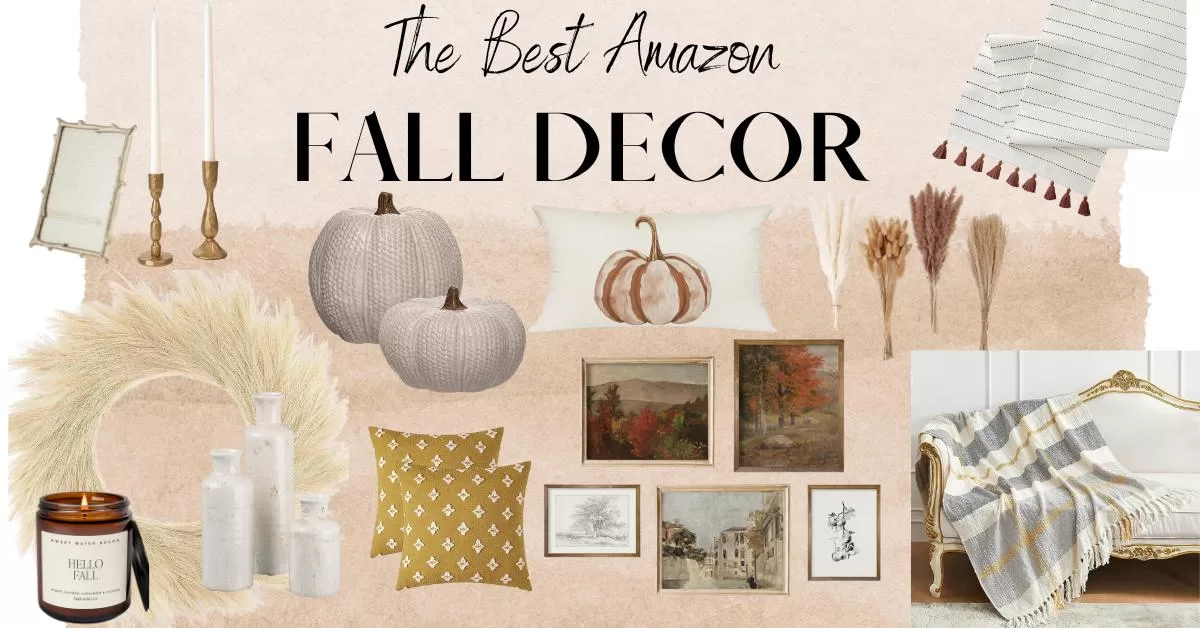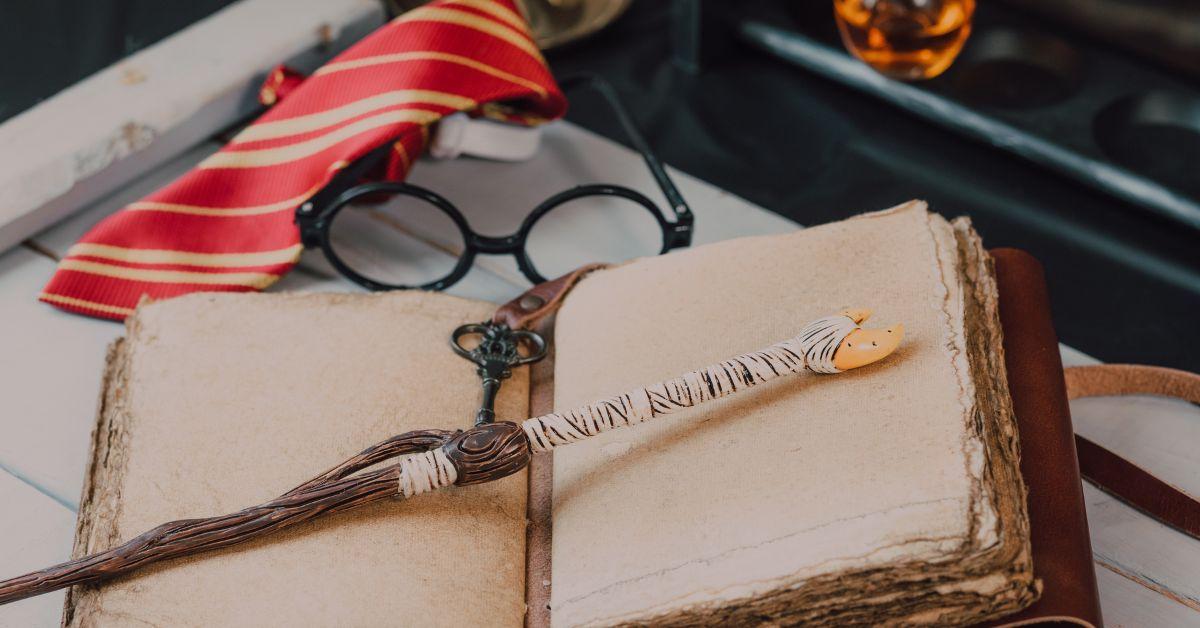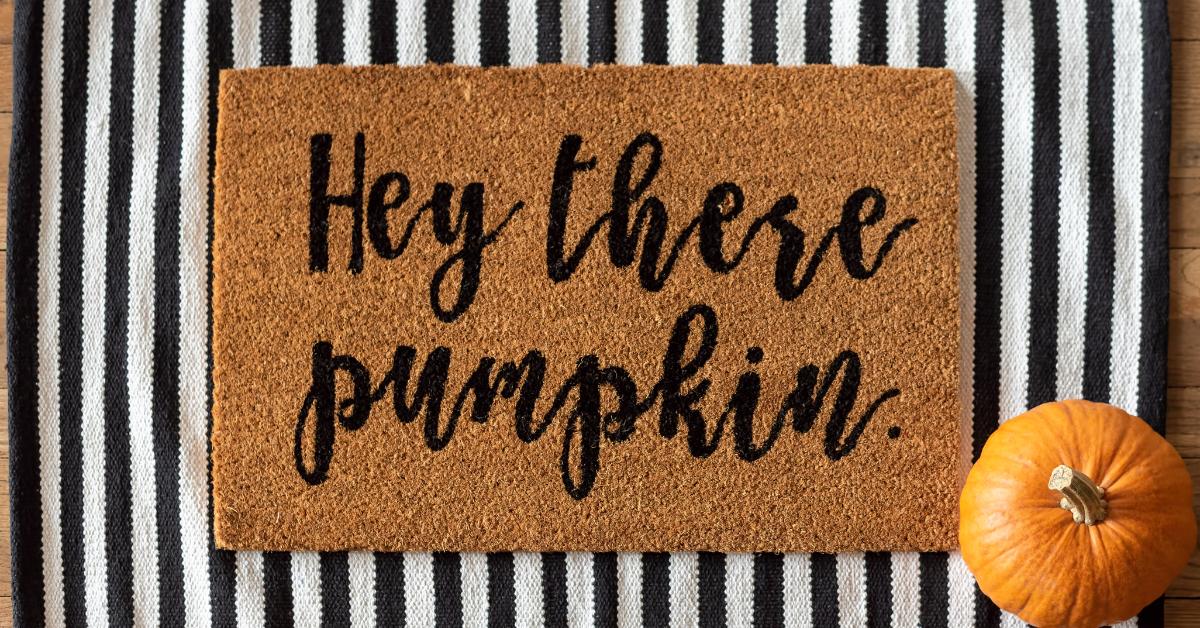These vintage end tables were easily made over with paint and wallpaper for a modern and sleek finish. See the full before-and-after makeover here…

{I participate in affiliate programs, which may pay a small commission if a purchase is made after using an affiliate link, at no extra cost to the reader. As an Amazon Associate, I earn from qualifying purchases at no extra cost to you. See my full disclosure policy here.}
VINTAGE END TABLES: THE BEFORE
I’m a fan of furniture flipping. I’m also a lover of dark furniture, so when I came across this pair of vintage end tables for $17, I knew I wanted to paint them black.

A nice, simple, makeover…
SOURCE LIST
- Valspar Project Perfect Enamel Paint (Satin Black)
- Opalhouse Peel-and-stick Wallpaper
- 220-grit sandpaper, sanding block, and/or sanding sticks
- Purdy synthetic paint brush
- Box Cutter Utility Knife
STEP #1: SAND AND CLEAN
These vintage end tables had an uneven top coat, so I gave them a quick pass with 220-grit sandpaper before cleaning them with a damp towel. Normally I wouldn’t bother sanding when using acrylic-based furniture paint, however, they had an uneven top coat from age.
TIP: I like to use a mouse sander or orbital sander for flat surfaces. This makes the sanding process super fast! Use light pressure and gentle, long strokes following the grain of the wood. Sand grooves, nooks, and crannies by hand using a fine-grit block, sanding sticks, or a sheet of sanding paper with contoured grips.

STEP #2: PAINTING
For this project, I used Valspar’s Project Perfect in Satin Black. It’s a latex enamel furniture paint, which means I don’t need a primer or top coat. This is a huge time saver!
I like to use Purdy brushes – they are the best quality and leave fewer brush strokes than other brands that I’ve tried. As long as you clean them well with dish soap and water after each use, they hold up great after dozens and dozens of projects.
TIP: Purdy Nylox brushes have synthetic fibers and a soft “give.” This is what I use with latex enamel paints. If you’re using a chalk paint, go with a stiffer brush like this one by Purdy or even a natural boar’s hair brush.
These tables took two coats of paint and will cure to a durable hard finish in a couple of weeks. With some paints, I will lightly sand after the first coat to even out any brush strokes or globs of paint and then wipe it down to get rid of the dust. However, this paint went on extremely smooth so I was able to skip that step.
STEP #3: WALLPAPER INLAY


The glass pane table top made for the perfect opportunity for detail. I could have painted a stencil design or decoupaged fabric inlay, but since I planned to sell these tables, I wanted to do something removable.
Enter peel-and-stick wallpaper.
This design was a discontinued pattern by Opal House that I’ve used with other black pieces.
I used the panes as a guide to cut two perfectly-fitting rectangles of wallpaper and didn’t even bother with removing the backing and adhering it to the table. This way, the paper remained removable if the next owners either didn’t like the pattern or wanted to switch it out without peeling it off.
VINTAGE END TABLES: THE AFTER
Sleek, black, and a hint of exotic flare!




If you like dark-painted furniture, check out this navy typewriter desk or black vintage buffet for more DIY inspiration.


